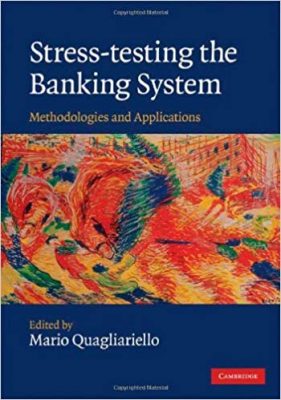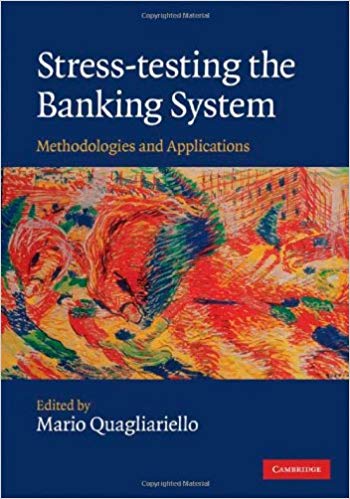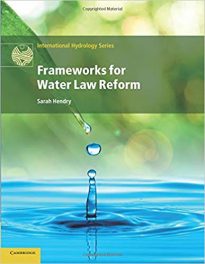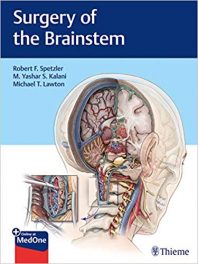 Editor: Mario Quagliariello
Editor: Mario Quagliariello
Publisher: Cambridge University Press – 329 pages
Book Review by: Sonu Chandiram
The global financial crisis of 2007-2008 had the most significant, and in many cases, the most life-changing effects on thousands of companies and hundreds of thousands of people the world over since the Great Depression of the 1930s.
It began in 2007 when prospective home buyers with low credit scores were lent money by banks who took aggressive risks by not properly assessing the borrowers’ ability to repay their loans. Such risk-taking spread widely and developed into a large international banking crisis, and ended in 2008 with massive bailouts of financial institutions by governments using tax payers’ money.
Since then, banks have become more prudent in their lending, particularly to subprime borrowers, by assessing customers’ financial wherewithal, including their assets and liabilities, income and expenses. Governments have, since that crisis, using stress tests
This book presents the following, among other valuable knowledge about bank stress tests:
- Analyses of the theoretical underpinnings, as well as the practical aspects of applying stress-testing methodologies in banking
- Provides an updated tool kit on the how-to of banking stress tests to academics and practitioners
Twenty-nine specialists in banking from 12 countries – Austria, France, Germany, Ireland, Italy, Japan, the Netherlands, New Zealand, Poland, Switzerland, the United Kingdom, and the United States – wrote the 16 chapters of this book listed below:
- Part I – Fundamentals
- A framework for assessing financial stability
- Macroeconomic stress-testing: definitions and main components
- Macroeconomic stress-testing banks: a survey of technologies
- Scenario design and calibration
- Risk aggregation and economic capital
- Data needs for stress-
- Use of macro stress tests in policy-making
- Part II – Applications
- Stress-testing credit risk
- Stress-testing US banks using economic-value-of-equity (EVE) models
- A framework for integrating different risks: the interaction between credit and interest rate risk
- Stress-testing linkages between banks in the Netherlands
- An integrated approach to stress-testing the Austrian Systemic Risk Monitor (SRM)
- From macro to micro: the French experience on credit risk
- Stress-testing in the EU member states
- Cross-border macro stress-testing progress and future challenges for the EU
- Stress-testing at the IMF
Conclusions
The editor Mario Quagliariello begins by pointing out how banks have lacked a consistent and effective system of moderating credit risk and avoiding financial crises.
“Looking at the experience of the past century, one remains astonished by the recurring tendency of the financial system to accumulate risk and leverage over a number of years, to then suddenly change sentiment and suddenly discard risk sharply and indiscriminately.”
He points out that while these elements have changed over time, risk accumulation cycles tend to be similar:
- Asset types
- Markets and market movements
- Players involved
- Triggering event
He informs us from his years of experience as a banker that these are some of the ways to reduce the likelihood and impact of crisis events:
- Complement the supervision of individual institutions with a constant monitoring of conditions of the system as whole
- Develop a comprehensive kit of tools, ranging from forecasting techniques to preventive policy measures to effective management and resolution devices
- Identification of risk sources and the prediction of potential threats
- Macroeconomic stress tests are increasingly considered as the basic, indispensable tool of any systematic effort to reduce crisis
This is an outstanding, well-laid out and written book on the prudent prevention and management of credit risk by banks.
Editor:
Mario Quagliariello is a senior economist in the Regulation and Supervisory Policies Department of the Bank of Italy. He has been the representative of the Bank of Italy in a number of international working groups dealing with financial stability issues and has published several articles in international and Italian journals. He has a PhD in economics from the University of York.







